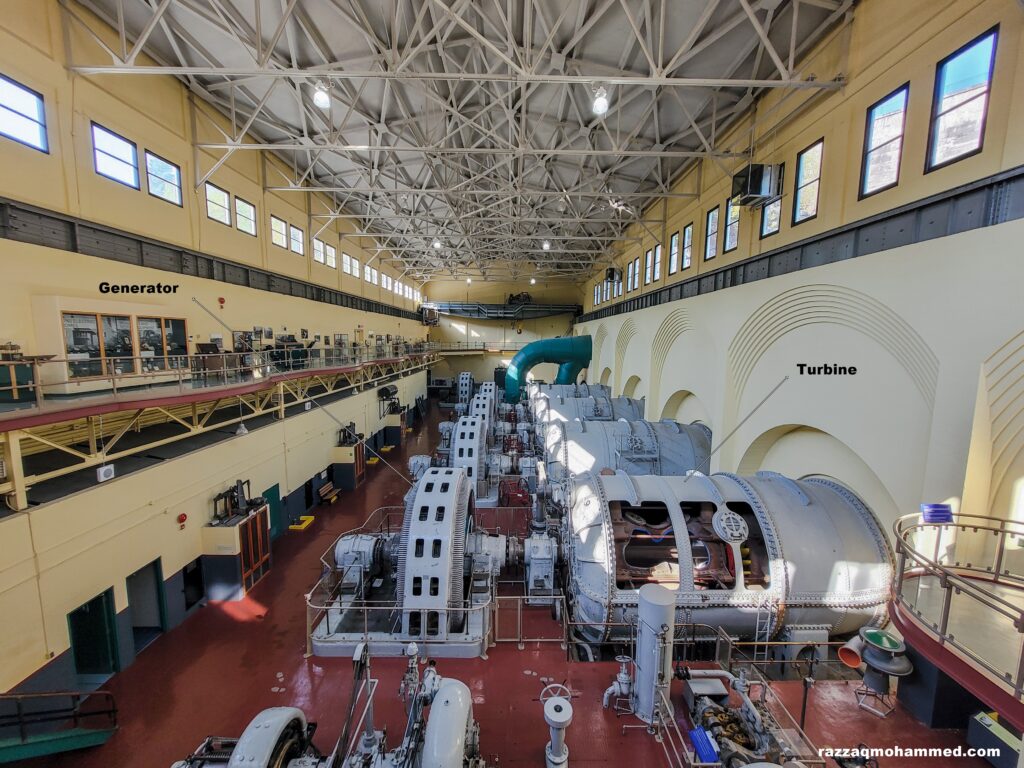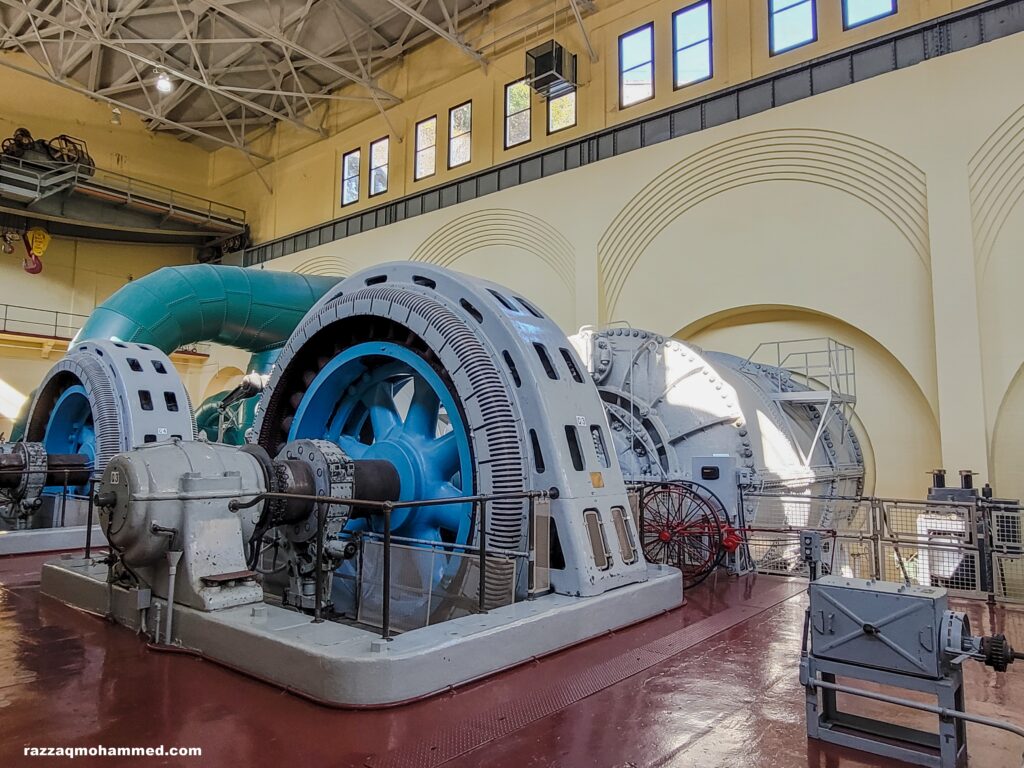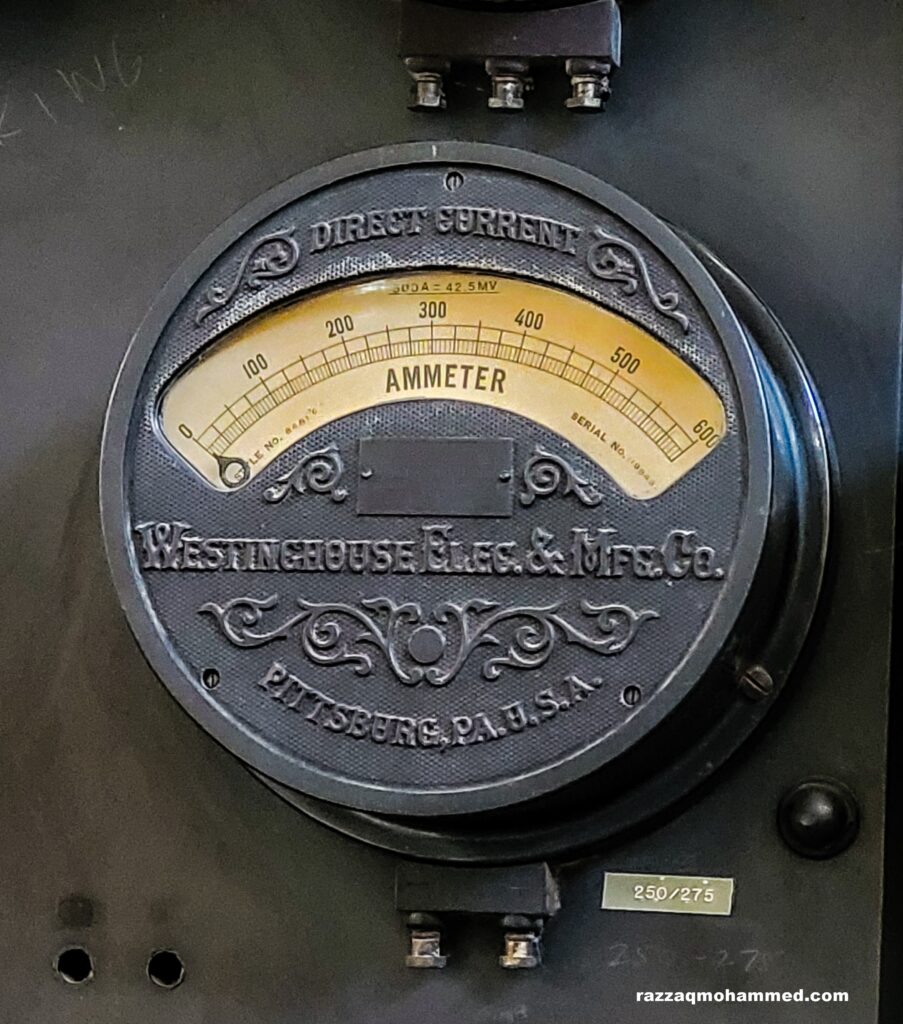On one bright Sunday morning last month I made my way over to the historic powerhouse at Stave Falls where there used to be an operational power house which generated 52.5 MW and provided electricity to the surrounding areas.

I drove over to the site in Mission, BC which is around 35 kms from where I live and around 63 kms east from Vancouver. The powerhouse is located at the southern end of Stave Lake. As I walked inside the visitor center I was greeted by a lady at the reception who mentioned that there was a power outage there at the moment. I chuckled to myself thinking how ironic but for someone who has actually worked in power plants myself I knew these things happen. Because of the outage I was not charged for a ticket which was nice. After a brief introduction by the lady about how best to cover the powerhouse I started my walk. I directly made my way over to the heart of the building, the turbo generator hall.

I worked in powerplants for 5 years when I was in India. This kind of hall is where I used to spend most of my time when I was at work. Of course this was a hydel plant and I used to work in a thermal power plant and it was ten times bigger than this power house. Nevertheless it made me happy to walk here. There are 5 units here which means 5 sets of turbines and generators.

This plant was constructed in the early 1900s with the first unit coming online (meaning started generating electricity) in 1911. The second unit came online in 1912 followed by the third in 1916, fourth in 1922 and the fifth in 1925. All five turbines are of double Francis type with combined capacity of 52.5 MW. In 1995 these units were decommissioned after around 70 years of service. Two newer units of Kaplan design were added in an adjacent site which generated 90 MW in 2000. The Stave falls dam is 122 m long. The penstocks were 45 m in length and 4.2 m in diameter. There are also 3 exciters out of which 2 were driven by smaller Francis type turbines. This was pretty interesting to see. Originally owned by Western Canada Power Company these days it comes under BC Hydro. The site now is a National Historic Site of Canada. The description in the list is as follows ”A well-preserved example of a typical hydro-electric plant of the early 20th century, the core period of hydro-electric technological development, composed of three dams, a powerhouse, a switchyard and associated equipment.”

After this section was completed I strolled around other areas. At one section as I was looking around, an elderly man with a group of people behind him approached me and asked me if I was one of his students. I said no and they moved on. He looked like a professor with his students on a study trip. Later on I happened to bump into their group again. This time the professor was talking to one of the BC Hydro persons who worked there and was handing over the students to her for a tour of the place. At the end he pointed towards me and said ”if that gentleman would like to join in the tour he can”. I gratefully accepted the offer and thanked the professor. So once again, with the group, I did another tour of the place. The lady was very good at explaining the exhibits kept there and gave a good background of the place. She added so many interesting points that I might have missed had I continued alone. There was an electric car on display which was made in 1912 which was good to see.

After spending some good 3 hours at the site I ended my stroll by buying a clean energy themed T shirt at the small souvenir store at the front. It was a good experience overall.

Link to BC Hydro’s site: https://www.bchydro.com/community/recreation_areas/visitor-centres/stave-falls-visitor-centre.html
